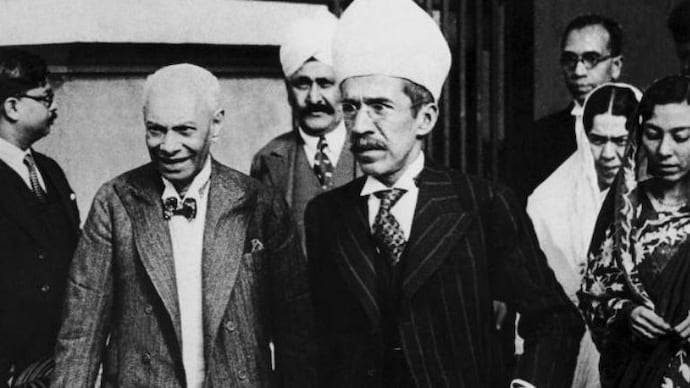Beyond Yogi-Owaisi debate: The story of Nizam and Hyderabad
The last Nizam of Hyderabad was made Rajpramukh after merger of the state with India. He was buried in Hyderabad upon his death in 1967.

Hyderabad state and its erstwhile ruler, the Nizam, are making political headlines. Uttar Pradesh Chief Minister Yogi Adityanath on Sunday almost threatened All India Majlis-e-Ittehad-ul Muslimeen (AIMIM) parliamentarian Asaduddin Owaisi saying that if the BJP formed a government in Telangana after assembly polls, the Hyderabad MP will have to run away just like the Nizam.
Yogi Adityanath made the statement at an election rally in Telangana, which is going to the polls on December 7. The BJP has only nine MLAs in the 119-member Telangana assembly and is running an aggressive election campaign in the state, where AIMIM has some influence.
The Nizam’s rule came to an end in Hyderabad state in 1948, when the princely ruler was forced to accede to the Union of India.
At the time of Independence, India was politically and legally divided under two broad categories British India and princely states. The combined territories made up the geographical unit of India that had cultural commonalities of thousands of years. With Independence came partition.
The Hyderabad state was the largest princely state then ruled by the seventh Nizam, Mir Osman Ali Khan. The Nizam did not immediately decide to merge with the Union of India and floated different proposal at different times a sovereign nation of Hyderabad, a merger with distantly located Pakistan and a status quo.
He actually signed an agreement with the Indian government, the Standstill Agreement seeking maintenance of status quo till a final decision on accession was arrived at. This became a flashpoint with a group of private militia that favoured the idea of Muslim rule in the Hyderabad state.
They were armed Razakars, floated by the Majlis-e-Ittehadul-Muslimeen (MIM). The armed Razakars called it their duty to protect Muslims and Muslim rule in Hyderabad.
Soon after the Standstill Agreement was signed, the Razakars led massive protests in Hyderabad at the houses of Hyderabad Prime Minister Nawab of Chattari, state adviser Sir Walter Monckton and many other ministers of the Nizam government.
The protests had its impact as Nizam’s negotiators cancelled their proposed Delhi visit for accession talks. The Razakars and the Majlis leader Syed Qasim Razvi celebrated it as their victory, which was called the October Coup.
ALSO READ | Owaisi will flee Hyderabad like Nizam did if BJP comes to power in Telangana: Yogi
Meanwhile, the Congress, the Arya Samajis and the communists were leading campaigns in the Hyderabad state against the rule of Nizam. The freedom struggle was still continuing in this princely state. The Razakars and the Nizam’s army were working in some sort of coordination. The civil protesters were being dealt with brute force.
When the news of the Razakars sway over the Hyderabad state reached New Delhi, Prime Minister Jawaharlal Nehru and Home Minister Sardar Vallabhbhai Patel became worried. Patel was already pushing for a coercive action against the Nizam to get him toe the line.
An operation called Police Action was launched against the Nizam of Hyderabad. It was named Police Action but it was a military operation, technically split in two campaigns, known as Operation Polo and Operation Caterpillar.
Also Read | India my father's country, nobody can force me to flee: Owaisi to Yogi Adityanath
Liberation of the Hyderabad state was announced on September 17, 1948 13 months after the independence of India. Nizam Osman Ali Khan was made the rajpramukh (head of the state) of the Hyderabad state.
The last Nizam remained the rajpramukh of Hyderabad till 1956, when it was partitioned on linguistic basis. Territories of the old Hyderabad state are now parts of Telangana, Andhra Pradesh, Karnataka and Maharashtra. He died in February 1967 and was buried as per his will in the Masjid-e Judi in Hyderabad.
For assembly election news, you can visit this page by logging on to www.indiatoday.in
Also Watch | Assembly elections: Who will win in Telangana?
